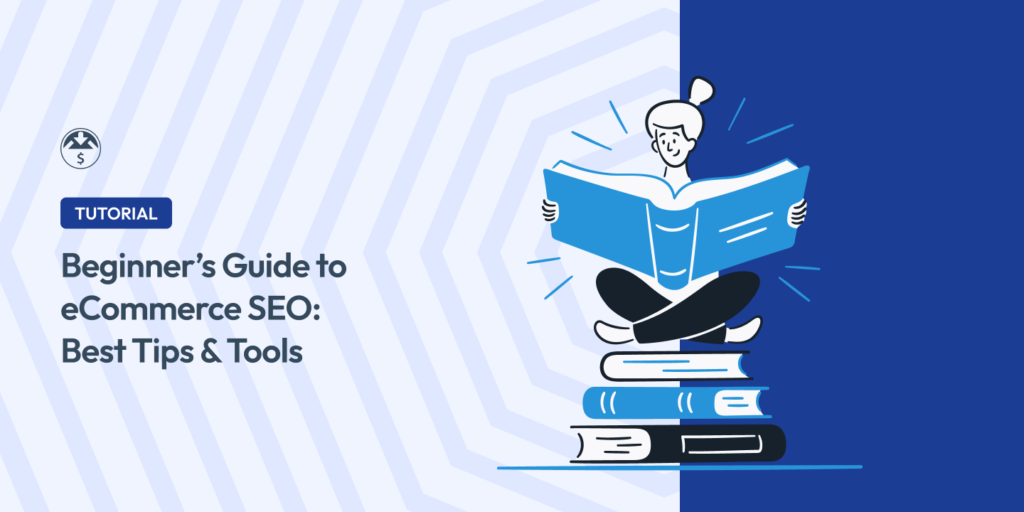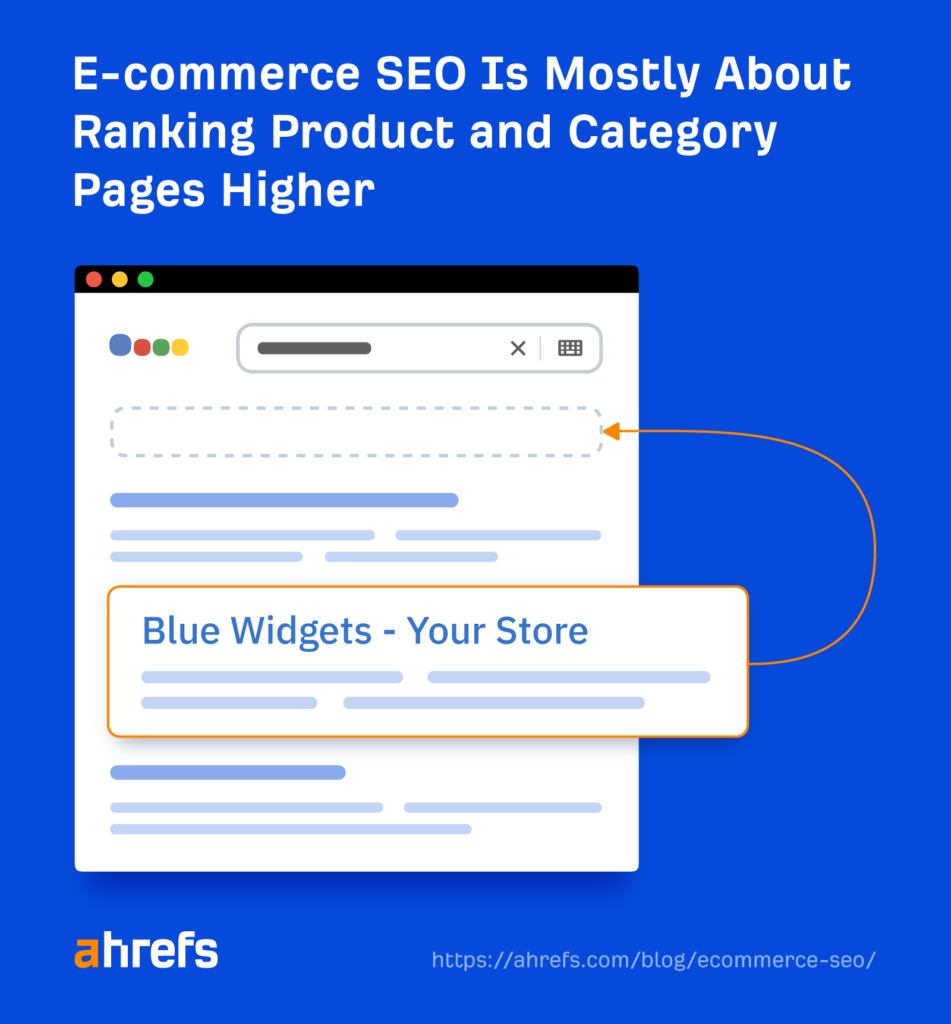Are you new to the world of e-commerce and interested in boosting your online visibility? Look no further! “A Beginner’s Guide to E-commerce SEO” is here to provide you with the essential insights and practical tips on how to navigate the world of search engine optimization (SEO) for your online store. Whether you’re just starting out or looking to refine your existing strategies, this comprehensive guide will equip you with the knowledge and tools you need to drive organic traffic, increase conversions, and ultimately, grow your e-commerce business. So, let’s explore the exciting realm of e-commerce SEO together!

Understanding E-commerce SEO
What is E-commerce SEO?
E-commerce SEO, or Search Engine Optimization, refers to the process of optimizing an online store’s website and content to improve its visibility and rankings in search engine results. It involves implementing various strategies and techniques to attract more organic traffic to the e-commerce site and ultimately increase sales and revenue.
The importance of E-commerce SEO
E-commerce SEO plays a crucial role in the success of online businesses. With millions of online stores competing for visibility on search engines, having a well-optimized website is essential to stand out from the crowd. By improving organic rankings, e-commerce SEO helps attract valuable traffic, increases brand visibility, and boosts conversions. It enables online retailers to reach their target audience and ultimately drive sales, making it a vital component of any e-commerce marketing strategy.
How E-commerce SEO differs from traditional SEO
While traditional SEO focuses on optimizing websites to rank well in general search engine results, e-commerce SEO has its specific nuances. E-commerce SEO targets keywords related to products, categories, and brands, rather than informational queries. It emphasizes optimizing product pages, implementing structured data markup, and creating user-friendly navigation to enhance the online shopping experience. E-commerce SEO also requires a focus on conversions and revenue generation, rather than just driving traffic to the website.
Keyword Research for E-commerce SEO
Importance of keyword research
Keyword research is a crucial step in e-commerce SEO as it helps identify the terms and phrases that potential customers are searching for. By understanding the language and intent behind these keywords, online retailers can tailor their product descriptions, category pages, and other content to align with user expectations. Keyword research allows e-commerce businesses to optimize their website for relevant and high-converting terms, increasing the chances of attracting targeted traffic and improving conversions.
Choosing the right keywords for e-commerce
When selecting keywords for e-commerce SEO, it’s essential to consider both search volume and relevance. High search volume keywords may attract more traffic, but they may also face intense competition. Alternatively, low search volume keywords might be easier to rank for, but they may not bring significant traffic. The ideal approach is to strike a balance between relevance and search volume by targeting long-tail keywords that are specific to the products or services offered. Long-tail keywords often have lower competition and higher conversion potential.
Tools for keyword research
Several tools can assist in keyword research for e-commerce SEO. Google Keyword Planner is a popular choice as it provides insights into search volumes, competition levels, and related keywords. Other tools like SEMrush, Ahrefs, and Moz Keyword Explorer offer more advanced features, allowing online retailers to identify keyword opportunities and analyze their competitors. Additionally, exploring e-commerce-specific platforms like Amazon and eBay can provide valuable keyword ideas based on popular product searches.

On-Page Optimization for E-commerce SEO
Optimizing product titles and descriptions
Optimizing product titles and descriptions is crucial for e-commerce SEO. These elements should include relevant keywords while accurately and appealingly describing the product. It’s important to strike a balance between optimization and readability, ensuring that the content is informative, engaging, and enticing to the potential buyer. Additionally, incorporating unique selling propositions, pricing information, and calls-to-action in the product descriptions can further improve their effectiveness.
Creating unique and user-friendly URLs
Creating unique and user-friendly URLs for product pages helps improve both user experience and search engine visibility. URLs should be concise, descriptive, and include relevant keywords. Including categories or product attributes in the URL structure can also make it more informative and easier to navigate. Avoid using generic URLs, such as numbers or random characters, as they provide little value to search engines or potential customers.
Optimizing images
Images play a significant role in e-commerce websites, both in terms of user experience and SEO. Optimizing product images involves using descriptive file names, adding alt text with relevant keywords, and compressing the images to improve page load times. By incorporating descriptive keywords in alt text, online retailers can help search engines understand the context of the images and improve their visibility in image search results.
Utilizing Schema markup for products
Implementing Schema markup, specifically structured data for products, can enhance the visibility of e-commerce websites in search engine results. Schema markup provides additional information and context about products, such as pricing, availability, customer reviews, and more. This rich data helps search engines understand and display relevant details in search results, increasing the chances of attracting clicks and potential customers.
Optimizing internal linking
Internal linking is essential for e-commerce SEO as it helps search engines discover and index all relevant pages on a website. By strategically linking product pages, category pages, and related content within the website, online retailers can improve the visibility and rankings of their most important pages. Internal linking also enhances the user experience by providing easy navigation and encouraging visitors to explore more products and information.
The importance of site speed
Site speed is crucial for e-commerce SEO and user experience. Slow-loading websites can lead to higher bounce rates, lower rankings, and fewer conversions. Online retailers should optimize their website’s performance by compressing images, minifying code, leveraging browser caching, and using content delivery networks (CDNs). Regularly monitoring site speed and addressing any issues promptly can ensure a smooth and fast shopping experience for users.
Creating compelling meta tags
Meta tags, including meta titles and meta descriptions, are HTML elements that provide concise summaries of web page content in search engine results. Optimizing meta tags for e-commerce websites involves incorporating relevant keywords and compelling calls-to-action. A well-crafted meta title can improve click-through rates, while a captivating meta description can increase the chances of attracting potential customers.

